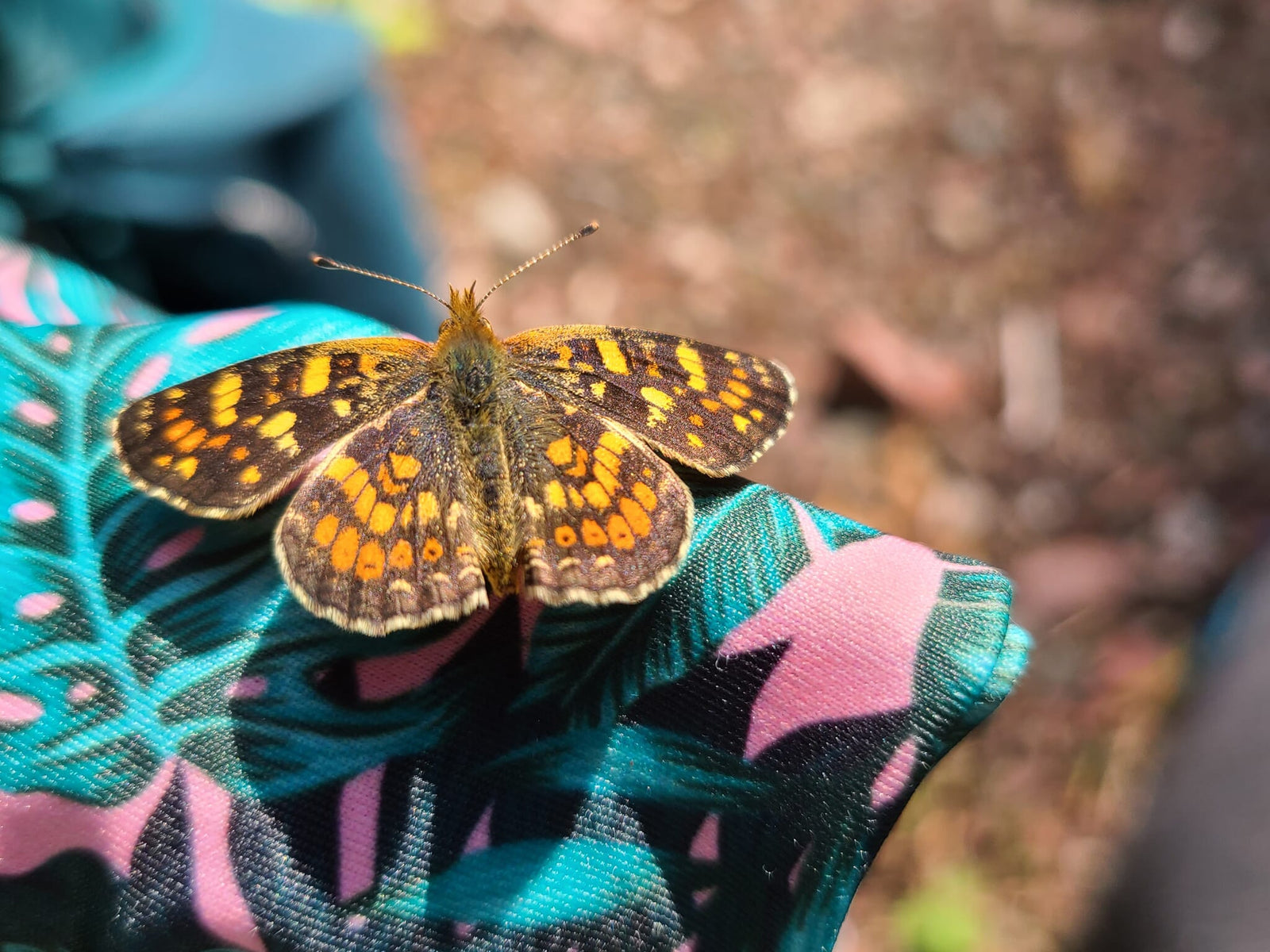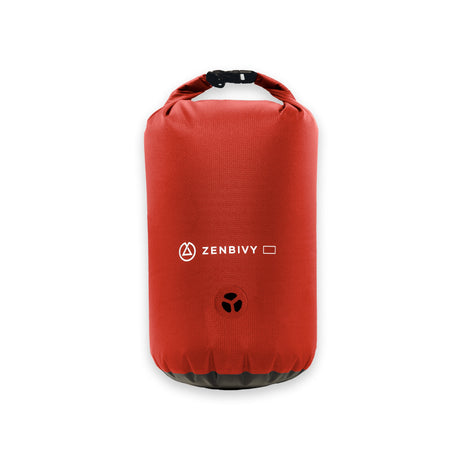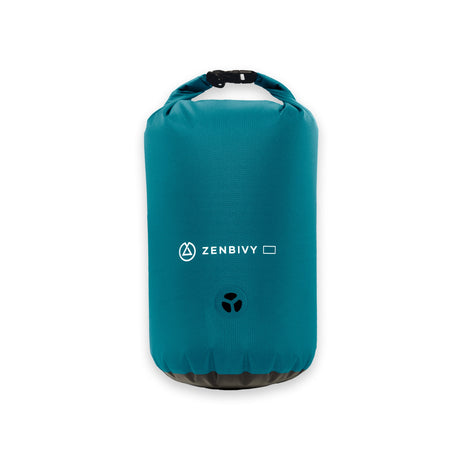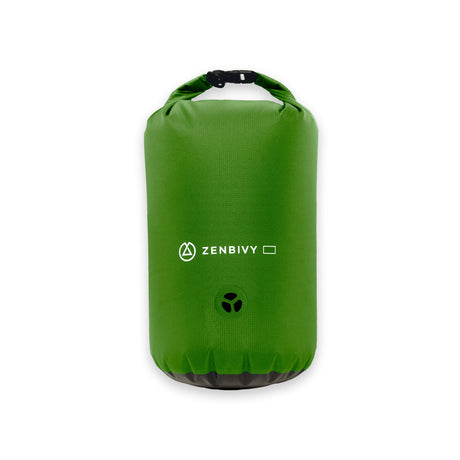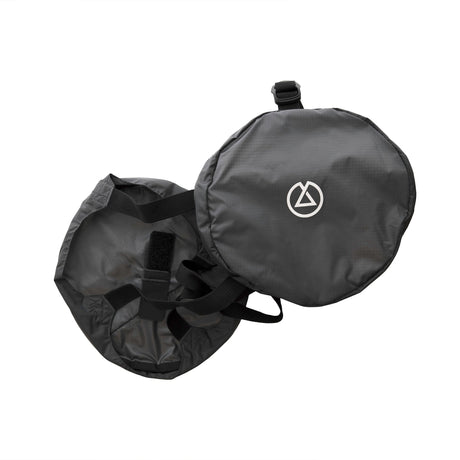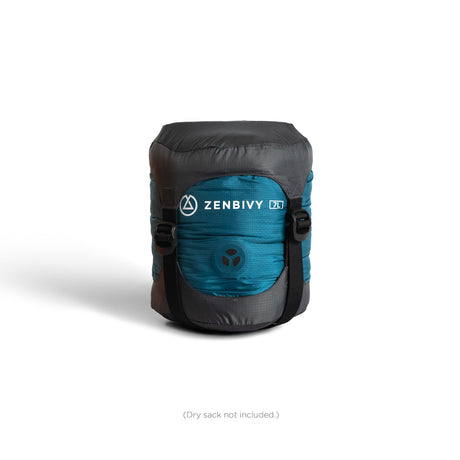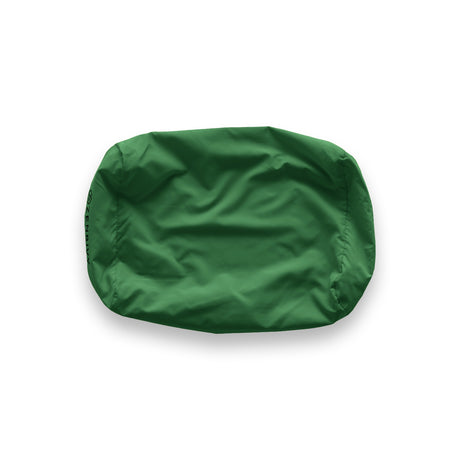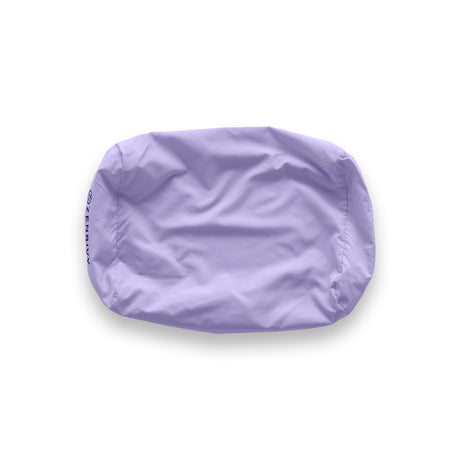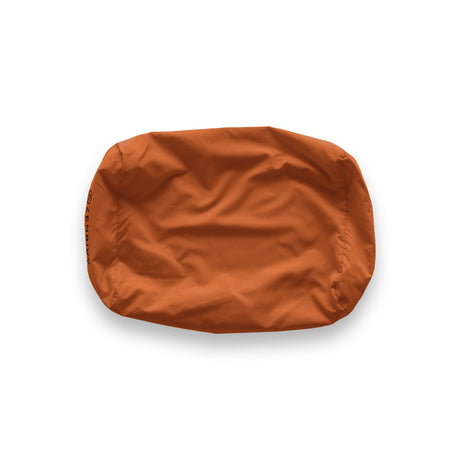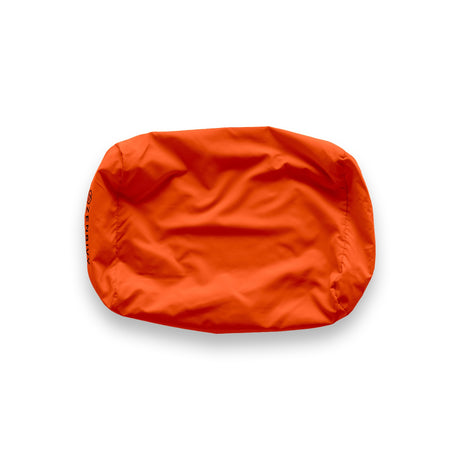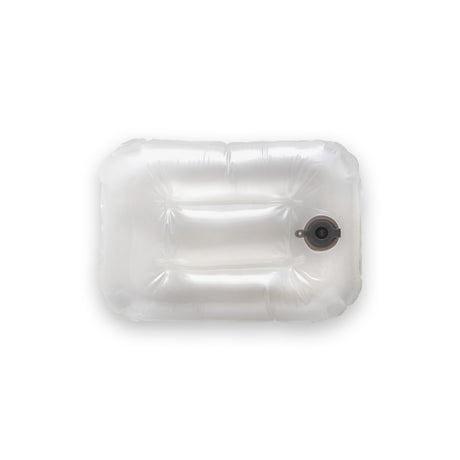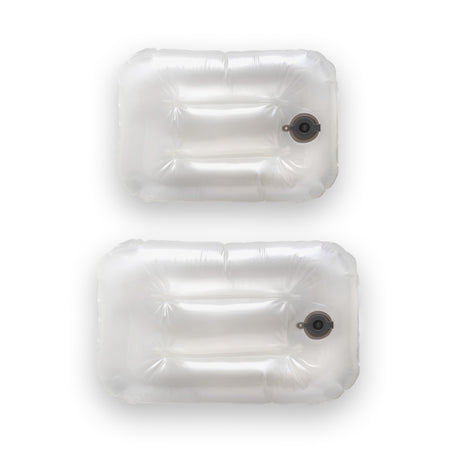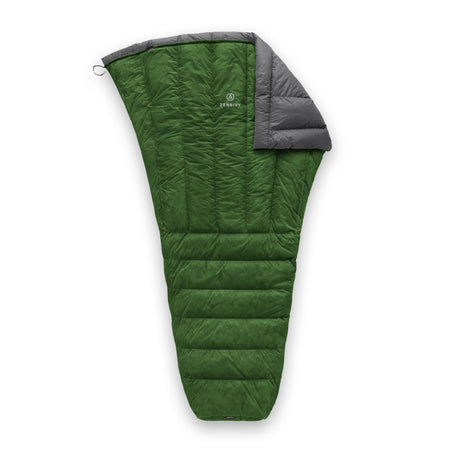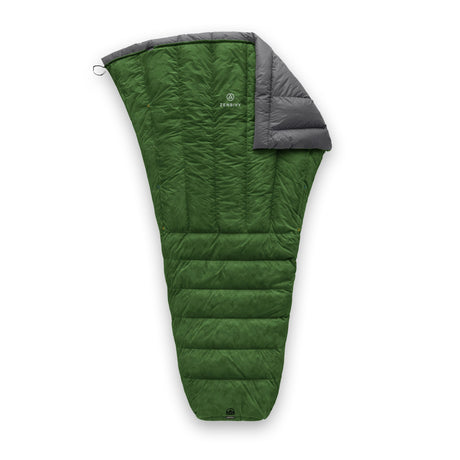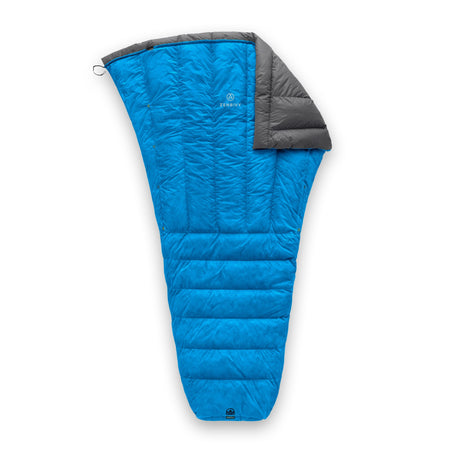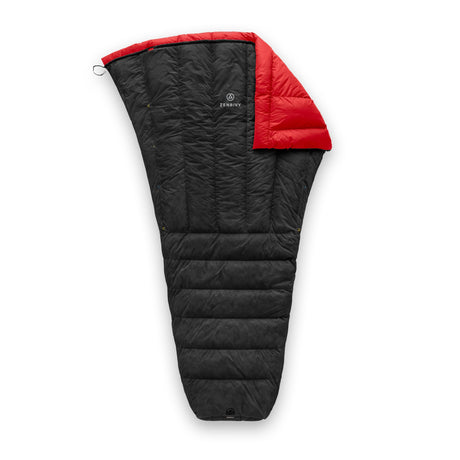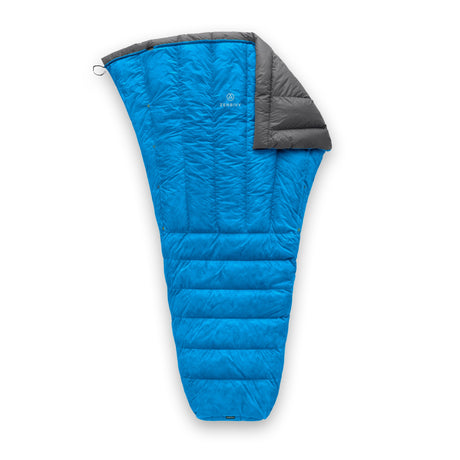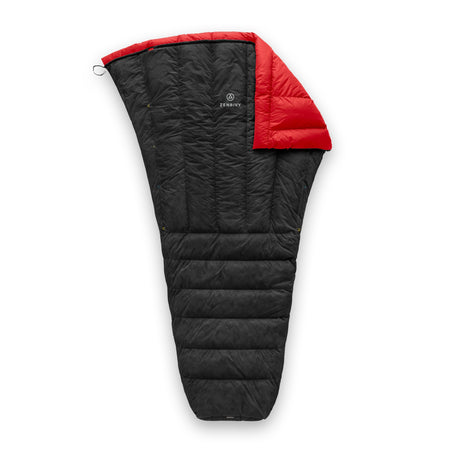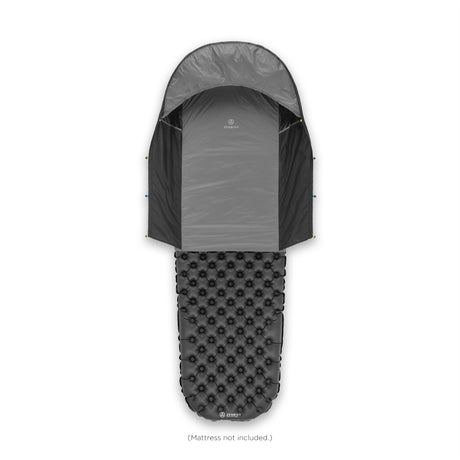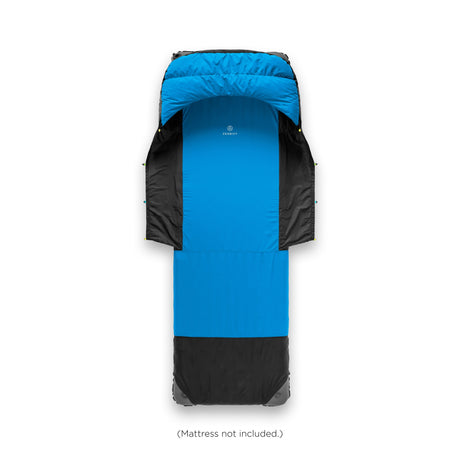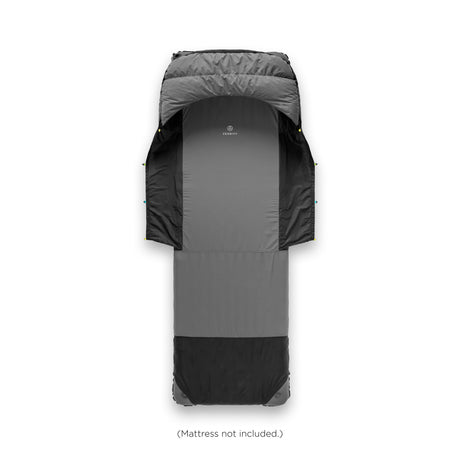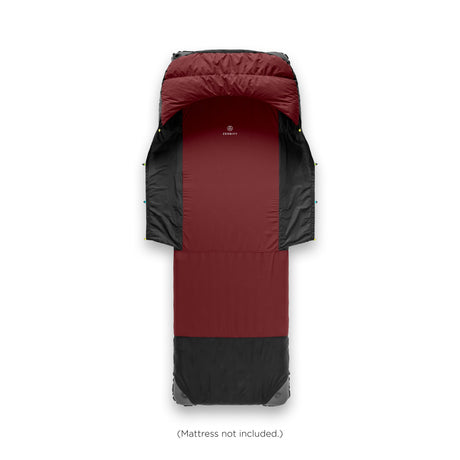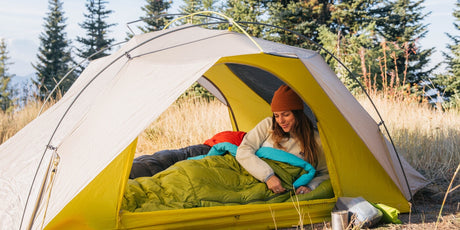Crescent Butterflies like this one are everywhere and will bravely land on you and stay there, looking for salt or moisture. There are often large groups of them on trail and they all flutter together when you walk through, forming a colorful cloud at your feet.
Back home in Ohio, I consider myself to be something of a naturalist. My mother is an avid birdwatcher and taught me hundreds of species as a kid. I have my B.S. in Field Biology and was a teaching assistant at my university in Natural History and Invertebrate Zoology. I helped teach summer camps in Aquatic Ecology and Natural History. I have volunteered in our local metroparks and am certified in water quality data collection. I regularly lead hikes and teach about the plants, animals, and ecology we encounter. I feel very knowledgeable in my local forest and therefore very at home, totally unphased by anything I may find there.

Indian Paintbrush alongside the trail. This wildflower has become very familiar to me after hiking to PCT, but it wasn't until hiking in Montana that I knew how much their color could vary from pale pink to deep scarlet.
As it turns out, Western and alpine ecosystems are totally different from what I am familiar with. I feel very small and a bit lost when faced with my lack of knowledge out here. Moraines and glacial grooves? I know those. Igneous rock and tectonic plate activity? Not so much. I don't know which plants I can eat or which ones may help a wound. I can't identify the birds by their songs or their feathers on the trail. I look at the rocks and can only think "Oh that's cool" or "wow that's pretty" because I have little context about their origin.
Every day when I start hiking, I feel like Jack Skellington discovering Christmastown- awed by and enamored with everything I find, crying "What's this?!" around every turn. This happened on the PCT and CT as well, and finally I am learning to identify some things out here in these wildly different ecosystems.

Blooming Beargrass in Glacier National Park. The white flower stalks can look totally round, or cattail-like, or any odd thing in between. They remind me of something from a Dr. Seuss story.
Often I will take pictures of the things I don't know and then use Google Lens to identify them when I have service. If I have the opportunity to speak to someone knowledgeable, like a park ranger, I will pick their brain about the local flora and fauna. I read any signage I may come across, though these are rare and usually relatively vague. Sometimes locals on trail or in town have a strong understanding of the ecosystems as well. I have even found the "Seek" app to be quite useful, even when I don't have signal.
It is very strange to integrate into an ecosystem that I know so little about. It can be scary and uncomfortable but also incredibly exciting and inspiring. I love the feeling of childlike wonder when I find an interesting new plant or hear a new bird call, and hope my fellow hikers are as awed by the nature around them as I am.
- Scribe

Swarm of tent caterpillars on underbrush. There were tons of these throughout Glacier National Park, and they will sometime hitchhike on your clothes or gear.

